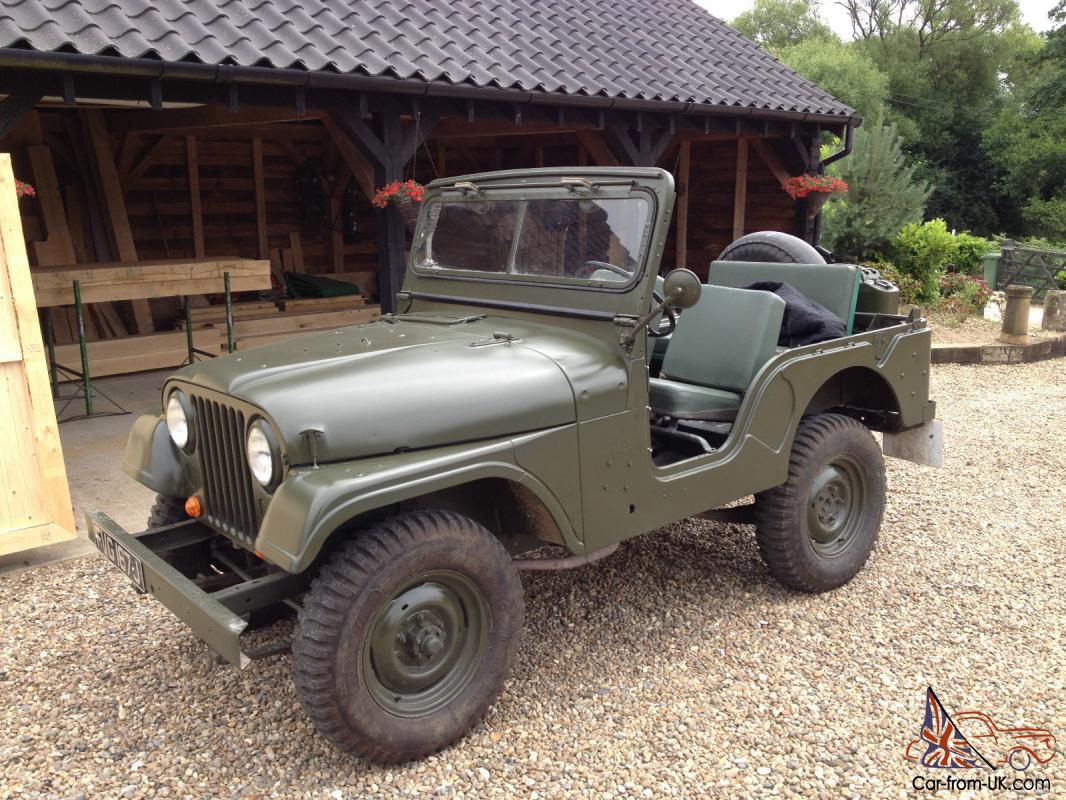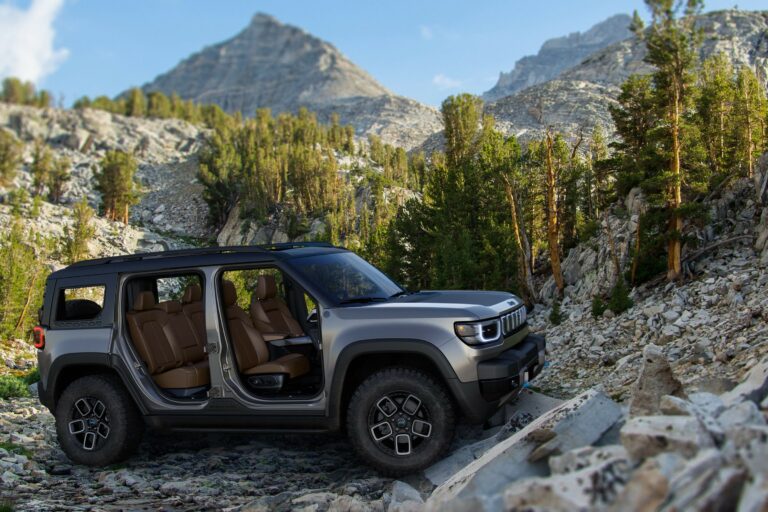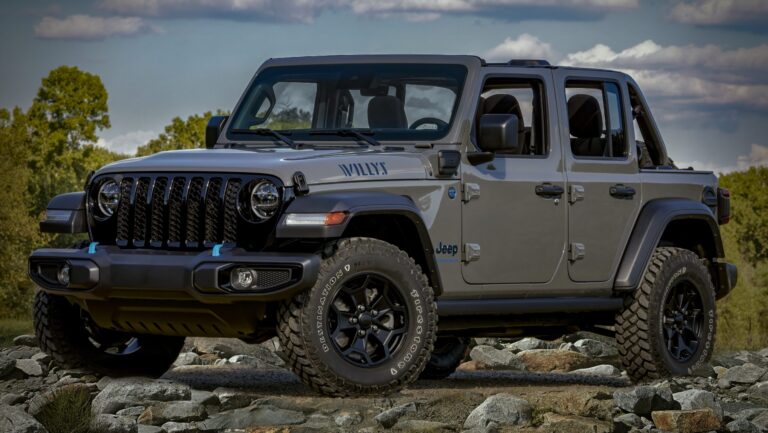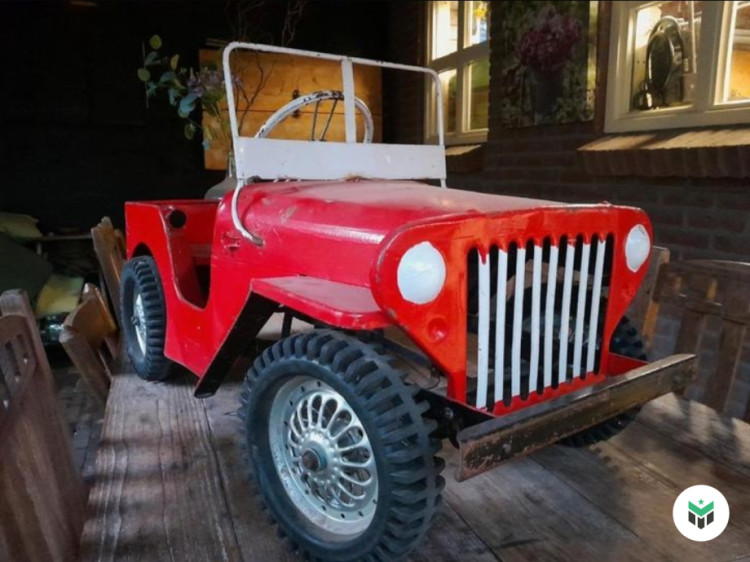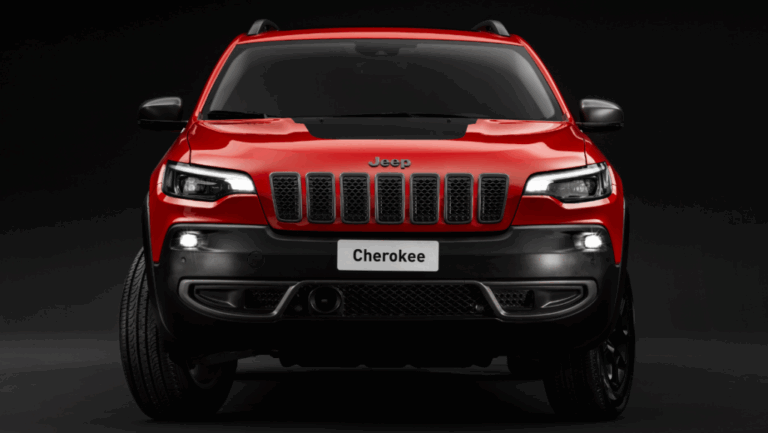Willys Jeep For Sale Australia: Your Comprehensive Guide to Owning an Icon Down Under
Willys Jeep For Sale Australia: Your Comprehensive Guide to Owning an Icon Down Under jeeps.truckstrend.com
The Willys Jeep, an undisputed automotive legend, evokes images of rugged durability, adventurous spirit, and a pivotal role in history. From the battlefields of World War II to the farms and bush tracks of Australia, this iconic vehicle has cemented its place in the hearts of enthusiasts and collectors worldwide. For many Australians, the allure of owning a piece of this history, whether for restoration, off-roading, or simply as a unique classic, is incredibly strong.
If you’ve ever dreamt of parking a genuine Willys Jeep in your driveway, navigating the challenging Australian terrain, or simply enjoying the admiring glances it commands, this comprehensive guide is for you. We’ll delve into everything you need to know about finding, evaluating, buying, and owning a Willys Jeep for sale in Australia, ensuring your journey into classic 4×4 ownership is as smooth and rewarding as possible.
Willys Jeep For Sale Australia: Your Comprehensive Guide to Owning an Icon Down Under
The Enduring Legacy of the Willys Jeep in Australia
The Willys MB (Military B) was the original "Jeep," born out of necessity during WWII. Its simple, robust design, exceptional off-road capability, and versatility made it an indispensable tool for the Allied forces. After the war, Willys-Overland transitioned the military design into civilian production, giving birth to the CJ (Civilian Jeep) series, starting with the CJ-2A, followed by the CJ-3A, CJ-3B, and later military derivatives like the M38 and M38A1.
Australia, with its vast and challenging landscapes, was a natural home for the Jeep. Many ex-military Jeeps found their way into civilian hands post-war, becoming workhorses on farms, exploration vehicles in the outback, and eventually cherished classics. Their robust construction, ease of repair, and timeless appeal have ensured their enduring popularity. Today, a Willys Jeep isn’t just a vehicle; it’s a piece of history, a symbol of resilience, and a testament to pioneering engineering.
Why Buy a Willys Jeep in Australia?
The decision to buy a Willys Jeep is often driven by a blend of passion, practicality, and nostalgia. Here’s why these classic 4x4s hold such appeal in Australia:
- Historical Significance: Owning a Willys Jeep is owning a tangible piece of automotive and world history.
- Off-Road Capability: Despite their age, Willys Jeeps possess excellent off-road credentials, thanks to their light weight, short wheelbase, and strong axles. They can tackle surprisingly tough tracks.
- Unique Ownership Experience: These are not modern cars. They offer a raw, engaging, and unique driving experience that connects you directly to the road (or lack thereof).
- Restoration Projects: For many, the joy is in the journey of restoration, bringing a piece of history back to life with their own hands.
- Community: The Willys Jeep community in Australia is vibrant and supportive, offering a wealth of knowledge, spare parts connections, and camaraderie.
- Investment Potential: Well-maintained and restored examples can hold or even increase in value over time, though passion should be the primary driver, not pure investment.
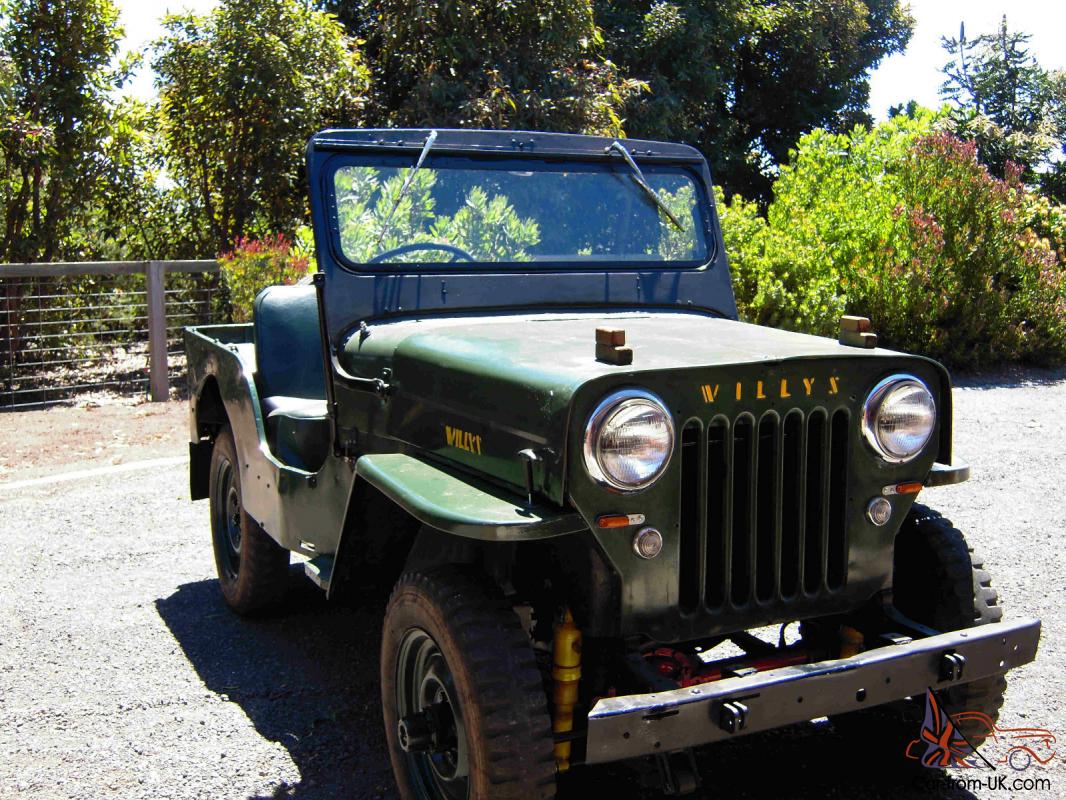
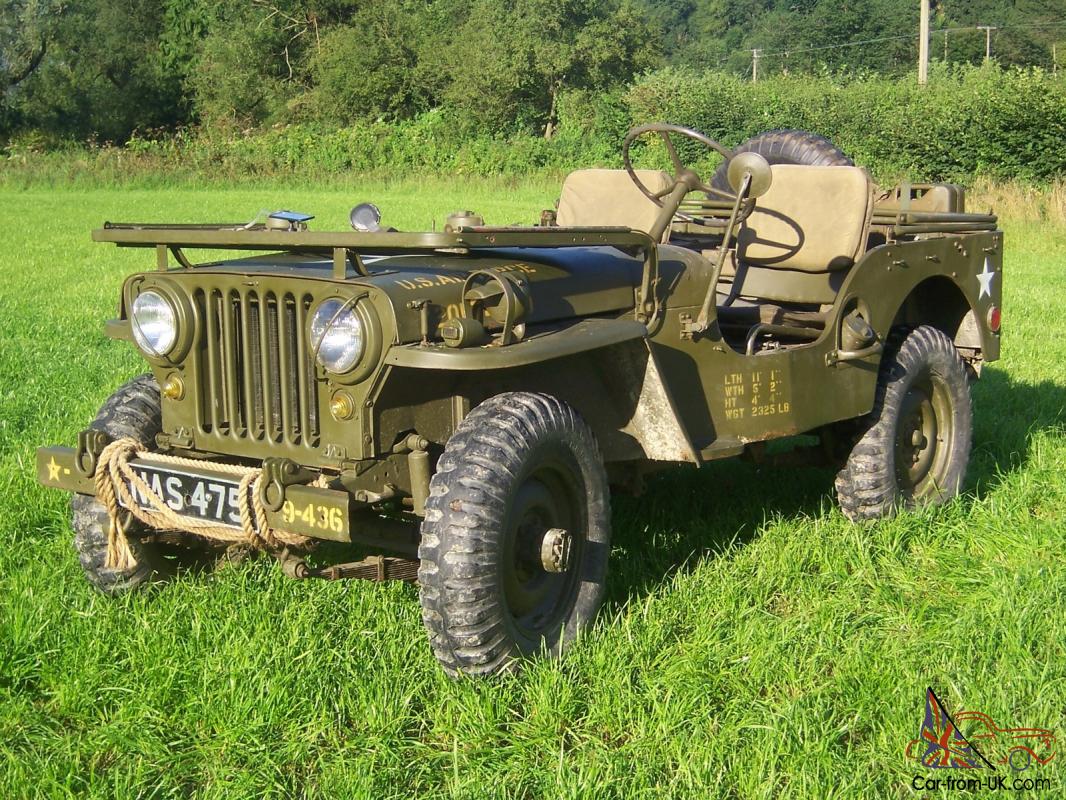
Understanding the Different Willys Models Available in Australia
When searching for a Willys Jeep, you’ll encounter several key models, each with distinct characteristics:
- Willys MB (1941-1945): The original military Jeep. Identified by its flat-slat grille, specific body tub features, and military specifications. Highly sought after by collectors for its authenticity.
- Willys CJ-2A (1945-1949): The first civilian Jeep, often called "AgriJeep." Features a tailgate, seven-slot grille, and civilian amenities like headlights and wipers. More common and a good starting point for a civilian project.
- Willys CJ-3A (1949-1953): Similar to the CJ-2A but with a slightly stronger frame, a one-piece windshield, and minor mechanical upgrades.
- Willys CJ-3B (1953-1968): Distinctive for its taller hood ("high hood") to accommodate the new F-head engine, which offered more power. A popular choice for those wanting a bit more grunt.
- Willys M38 (1950-1952) & M38A1 (1952-1971): Military successors to the MB. The M38 is similar to the CJ-3A but with military features. The M38A1 introduced the rounder, more modern body style (which later became the CJ-5), offering improved ride and handling.
Each model has its unique quirks and appeal, influencing availability and price in the Australian market.
Where to Find Willys Jeeps for Sale in Australia
Finding your ideal Willys Jeep requires patience and knowing where to look. The Australian market offers several avenues:
- Online Marketplaces:
- Gumtree & Facebook Marketplace: Often the first stop for private sellers. You’ll find everything from project cars to fully restored examples. Use specific search terms like "Willys Jeep," "CJ-2A," "MB Jeep," etc.
- Specialist Classic Car Websites: Websites like CarSales Classic, TradeUniqueCars, and JustAuto (including Just4x4s) sometimes list Willys Jeeps.
- Willys Jeep & Classic 4×4 Clubs: Joining a local Willys Jeep club or classic 4×4 enthusiast group (many have Facebook groups or online forums) is invaluable. Members often know of vehicles for sale before they hit public listings, and you can tap into a network of knowledge.
- Auctions: Classic car auctions occasionally feature Willys Jeeps, particularly well-restored or rare examples. Keep an eye on auction house listings.
- Word-of-Mouth: Talk to mechanics, restorers, and other enthusiasts. Sometimes, the best finds come from unexpected connections.
- Farm Clear-outs & Estate Sales: In rural areas, old Jeeps might surface during farm clear-outs or estate sales.
Key Considerations Before Buying Your Willys Jeep
Purchasing a vintage vehicle, especially one as iconic as a Willys Jeep, requires careful consideration. Here’s what to look for:
- Rust: The Number One Enemy: Australia’s climate, especially coastal regions, can be brutal on steel. Check thoroughly for rust in the chassis, body tub (especially floor pans, hat channels, and toolboxes), wheel wells, and behind the grille. Surface rust is manageable, but structural rust can be a deal-breaker or incredibly expensive to repair.
- Condition vs. Budget:
- Project Car: Cheaper to buy, but prepare for significant time, effort, and financial investment in restoration. Ensure the chassis is solid and key components are present.
- Running/Driving Condition: More expensive upfront but allows immediate enjoyment. Still, expect to do some work. Check for leaks, unusual noises, and general wear.
- Fully Restored: The most expensive option. Inspect the quality of the restoration. Was it a professional job? Are records available? Is it historically accurate if that’s what you’re after?
- Mechanical Soundness:
- Engine (Go-Devil L-head or Hurricane F-head): Check for excessive smoke, strange noises, oil leaks, and compression (if possible).
- Transmission & Transfer Case: Test all gears, including 4WD high and low range. Listen for grinding or difficulty shifting.
- Drivetrain: Inspect universal joints, axles, and differentials for play or leaks.
- Brakes & Steering: Ensure they are responsive and safe. These are critical for Australian roadworthiness.
- Authenticity vs. Modifications: Decide if you want a historically accurate restoration or a modified "restomod" for modern drivability (e.g., engine swap, power steering, disc brakes). Modifications can affect value but enhance usability.
- Australian Registration and Roadworthiness: This is crucial. Each state and territory has specific requirements for registering classic vehicles.
- NSW: Historic Vehicle Scheme (HVS) for vehicles 30+ years old. Limited usage but cheaper registration.
- VIC: Club Permit Scheme (CPS) for vehicles 25+ years old. Similar limitations.
- QLD: Special Interest Vehicle Scheme.
- WA, SA, TAS, NT, ACT: Similar schemes exist.
- You’ll typically need a roadworthy certificate (RWC) or equivalent inspection, even for club registration. Ensure all lights, brakes, tyres, and safety features meet current standards.
- Spare Parts Availability: While many parts are reproduced, some original or specific components can be hard to find in Australia. Factor in potential shipping costs from overseas suppliers.
- Tools and Skills: Are you prepared to learn basic mechanics or budget for professional help? Willys Jeeps are relatively simple, but they are old and will require ongoing maintenance.
The Buying Process: A Step-by-Step Guide
- Research and Define Your Needs: Determine your budget, preferred model, desired condition (project vs. ready-to-drive), and intended use.
- Locate Potential Vehicles: Use the resources mentioned above.
- Initial Contact and Information Gathering: Ask the seller specific questions about the vehicle’s history, condition, any known issues, and why they are selling. Request detailed photos and videos.
- In-Person Inspection: This is non-negotiable. If you’re not mechanically inclined, bring a trusted mechanic or a knowledgeable friend who understands vintage vehicles.
- Perform a thorough rust check.
- Check all fluids.
- Test drive the vehicle (if running) on various surfaces. Listen for unusual noises.
- Verify VIN/chassis numbers match paperwork.
- Negotiation: Be prepared to negotiate based on the vehicle’s condition, market value, and any identified issues.
- Paperwork and Payment:
- Ensure the seller has clear title/ownership papers.
- Complete a bill of sale clearly stating vehicle details, price, and "as-is" condition.
- Arrange secure payment.
- Transportation: Unless the Jeep is roadworthy and registered, you’ll need a car trailer or professional transport.
Owning and Maintaining a Willys Jeep in Australia
Owning a Willys Jeep is a rewarding experience, but it comes with responsibilities:
- Routine Maintenance: Regular oil changes, greasing, fluid checks, and brake adjustments are essential. These vehicles are simple, but they demand attention.
- Finding Parts: A network of online suppliers (both local and international), classic Jeep specialists, and enthusiast clubs are your best bet for spare parts.
- Insurance: Obtain classic car insurance, which often offers agreed-value policies suitable for vintage vehicles. Ensure your policy covers your intended use (e.g., off-roading, club events).
- Joining a Club: This is highly recommended. Clubs offer technical advice, social events, access to club registration schemes, and a network of like-minded individuals.
- Storage: Protect your investment from the elements. A garage or carport is ideal to prevent rust and sun damage.
Willys Jeep For Sale Australia: Estimated Price Guide
Prices for Willys Jeeps in Australia vary significantly based on model, condition, originality, and location. The table below provides broad estimated ranges in Australian Dollars (AUD).
| Model | Condition Category | Estimated Price Range (AUD) | Notes/Factors Affecting Price
